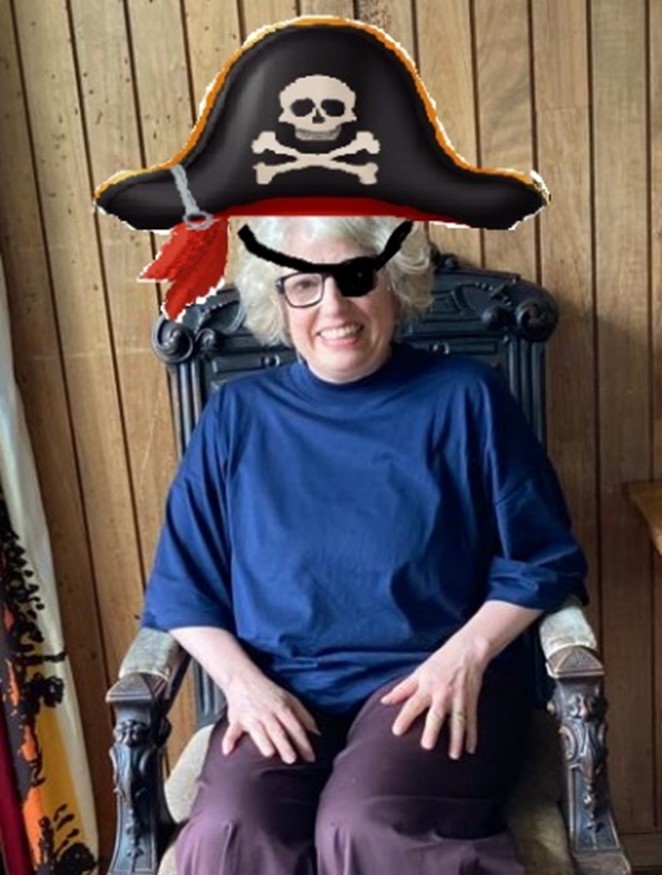Treasure Hunting at the Churchill Archives Centre
This blog was written by Dr Victoria Thoms, Associate Professor at the Centre for Dance Research (C-DaRE) Coventry University
Part 1: Confessions of a Dance Scholar
What is a dance scholar doing looking at collections at the Churchill Archive Centre? Surprisingly, the Centre holds a rich hidden vein of materials about dance. This is important for someone like me who is exploring the significant but unexplored role dance played shaping British identity and culture in the first half of the twentieth century. The Centre was extremely welcoming and enthusiastic about my research. I was lucky enough to be supported by the Jennie Churchill fund in my research there.
This is the first instalment of a series of blogs describing my time at the Centre. It is intended to introduce the connection between dance and the Churchill Archives Centre.
The two subsequent blogs in the series will explore the details and impact of two specific cases: findings in the papers of Sir Alexander Cadogan; and findings about the theatre work The Miracle originated by theatre director and impresario Max Reinhardt. As opposed to the Cadogan findings, data on The Miracle can so far be found across several different collections at the Centre (Duff Cooper papers, Lady Diana Cooper papers, and William Bull papers).
I started blogging about archive findings earlier this year for the Parliamentary Archives Treasure Hunting at the Parliamentary Archives | Parliamentary Archives: Inside the Act Room. Like this previous blog, here I continue to treasure hunt. Imagine me sitting at my table in the archive absorbed by what is in front of me but in full pirate’s costume with an eye patch, and tricorn hat with skull and crossbones logo. This somewhat absurd image is not entirely unfounded. I was looking for hidden materials in archives seemingly antithetical to anything to do with dance. I am a kind of intellectual bandit looking to shift our understanding of dance from an insignificant entertainment to one pivotal for the safeguarding and perpetuating of British identity and culture in the Churchill era. My banditry aims at treating dance more seriously.

“Theatre dance” is my medium of dance. This is dance created or arranged – choreographed – specifically for an audience in a theatre setting. Its primary method of communication is extra-verbal embodied movement, meaning that, while performers may speak, the focus of the communication is on movement, sound, and staging. This character offers a powerful, emotion-filled, yet complex multi-layered experience. It is neither an open nor a fully closed text. The meaning is there for the audience to find. Its perceived frivolousness obscures its actual influence. It is an impactful secret agent of power.
Spectators sit in close proximity to others in a hyper-sensory environment of darkened auditoriums, live sound accompaniment, and elaborate, visually stimulating set design. Influencing this intense kinesthetic experience are the types of theatre dance and themes. From the barefooted bacchanalian natural dance to the apollonian splendour of ballet, this type of dance offers vivid portrayals of dying swans; sleeping beauties; Salomes; children of light and dark; anthropomorphised chess pieces; nuns; and Madonnas presented by charismatic, highly skilled performers.
I hope you can see now why I’m interested in the impact of this form. This is dance charged with affective forms of individual and collective influence. Theatre Dance, as an embodied form, invites a three-way relationship of kinesthetic empathy between viewer and the performers and the characters the performers create in flesh and blood. The communal structure of the theatre emphasises the bodily relationship between oneself and another. It is hard not to see why, during the Second World War, audiences not only continued to attend theatre dance performance but also remained in their seats during air attacks despite the very real possibility of imminent physical harm.
What is of significance for me is, historically, it is precisely in the Churchill era this emotionally affective form of theatre in Britain grew from a niche entertainment to a form of national culture. This correlation is too conspicuous not to investigate. My research focuses on understanding what it was about the theatre dance in the Churchill era that supported or encouraged this type of flowering.
The Churchill Archive Centre’s extensive and unique collection of diverse modern personal papers makes it an essential resource for answering these questions. It holds not only the papers of Winston Churchill and his family but also the papers of his diverse and influential contemporaries including those in broadcasting, journalism, international relations, politics, science, technology, and medicine. This makes the Churchill Archive Centre a Rosetta Stone that promises to shine a light on the under-explored entanglements of theatre dance and the history of Britain in the first half of the 20th century. I explore some of my findings in the next blog instalments.
Read on for Victoria’s two further blogs, Treasure Hunting Part 2: Sir Alexander Cadogan as Curmudgeonly Ballet Superfan and Treasure Hunting Part 3: The Unexplored Unconscious of the Churchill era.
